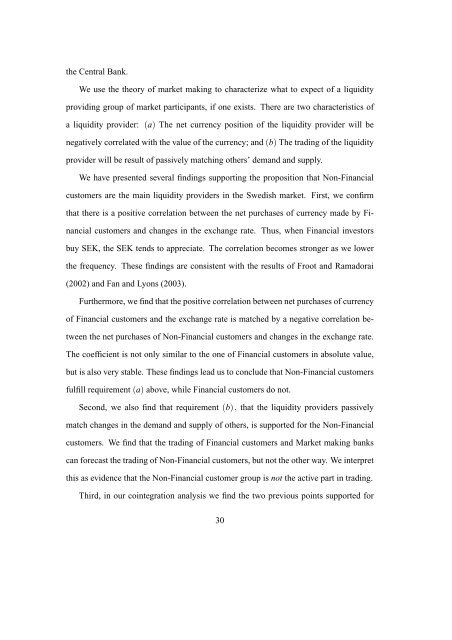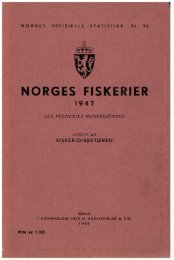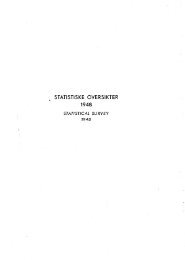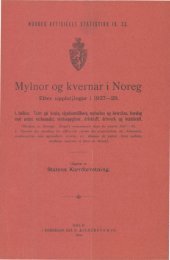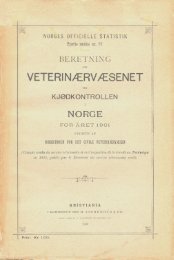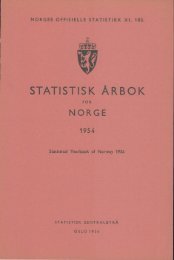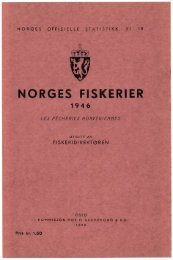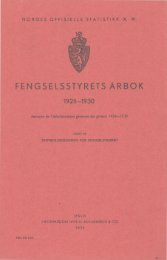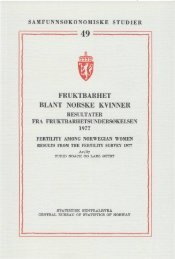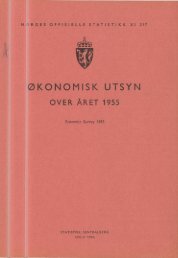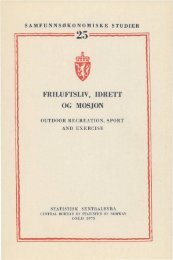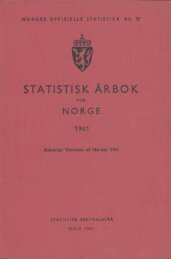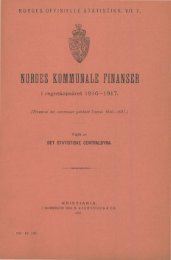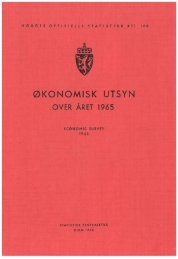Liquidity provision in the overnight foreign exchange market
Liquidity provision in the overnight foreign exchange market
Liquidity provision in the overnight foreign exchange market
You also want an ePaper? Increase the reach of your titles
YUMPU automatically turns print PDFs into web optimized ePapers that Google loves.
<strong>the</strong> Central Bank.<br />
We use <strong>the</strong> <strong>the</strong>ory of <strong>market</strong> mak<strong>in</strong>g to characterize what to expect of a liquidity<br />
provid<strong>in</strong>g group of <strong>market</strong> participants, if one exists. There are two characteristics of<br />
a liquidity provider: (a) The net currency position of <strong>the</strong> liquidity provider will be<br />
negatively correlated with <strong>the</strong> value of <strong>the</strong> currency; and (b) The trad<strong>in</strong>g of <strong>the</strong> liquidity<br />
provider will be result of passively match<strong>in</strong>g o<strong>the</strong>rs’ demand and supply.<br />
We have presented several f<strong>in</strong>d<strong>in</strong>gs support<strong>in</strong>g <strong>the</strong> proposition that Non-F<strong>in</strong>ancial<br />
customers are <strong>the</strong> ma<strong>in</strong> liquidity providers <strong>in</strong> <strong>the</strong> Swedish <strong>market</strong>. First, we confirm<br />
that <strong>the</strong>re is a positive correlation between <strong>the</strong> net purchases of currency made by F<strong>in</strong>ancial<br />
customers and changes <strong>in</strong> <strong>the</strong> <strong>exchange</strong> rate. Thus, when F<strong>in</strong>ancial <strong>in</strong>vestors<br />
buy SEK, <strong>the</strong> SEK tends to appreciate. The correlation becomes stronger as we lower<br />
<strong>the</strong> frequency. These f<strong>in</strong>d<strong>in</strong>gs are consistent with <strong>the</strong> results of Froot and Ramadorai<br />
(2002) and Fan and Lyons (2003).<br />
Fur<strong>the</strong>rmore, we f<strong>in</strong>d that <strong>the</strong> positive correlation between net purchases of currency<br />
of F<strong>in</strong>ancial customers and <strong>the</strong> <strong>exchange</strong> rate is matched by a negative correlation between<br />
<strong>the</strong> net purchases of Non-F<strong>in</strong>ancial customers and changes <strong>in</strong> <strong>the</strong> <strong>exchange</strong> rate.<br />
The coefficient is not only similar to <strong>the</strong> one of F<strong>in</strong>ancial customers <strong>in</strong> absolute value,<br />
but is also very stable. These f<strong>in</strong>d<strong>in</strong>gs lead us to conclude that Non-F<strong>in</strong>ancial customers<br />
fulfill requirement (a) above, while F<strong>in</strong>ancial customers do not.<br />
Second, we also f<strong>in</strong>d that requirement (b), that <strong>the</strong> liquidity providers passively<br />
match changes <strong>in</strong> <strong>the</strong> demand and supply of o<strong>the</strong>rs, is supported for <strong>the</strong> Non-F<strong>in</strong>ancial<br />
customers. We f<strong>in</strong>d that <strong>the</strong> trad<strong>in</strong>g of F<strong>in</strong>ancial customers and Market mak<strong>in</strong>g banks<br />
can forecast <strong>the</strong> trad<strong>in</strong>g of Non-F<strong>in</strong>ancial customers, but not <strong>the</strong> o<strong>the</strong>r way. We <strong>in</strong>terpret<br />
this as evidence that <strong>the</strong> Non-F<strong>in</strong>ancial customer group is not <strong>the</strong> active part <strong>in</strong> trad<strong>in</strong>g.<br />
Third, <strong>in</strong> our co<strong>in</strong>tegration analysis we f<strong>in</strong>d <strong>the</strong> two previous po<strong>in</strong>ts supported for<br />
30


